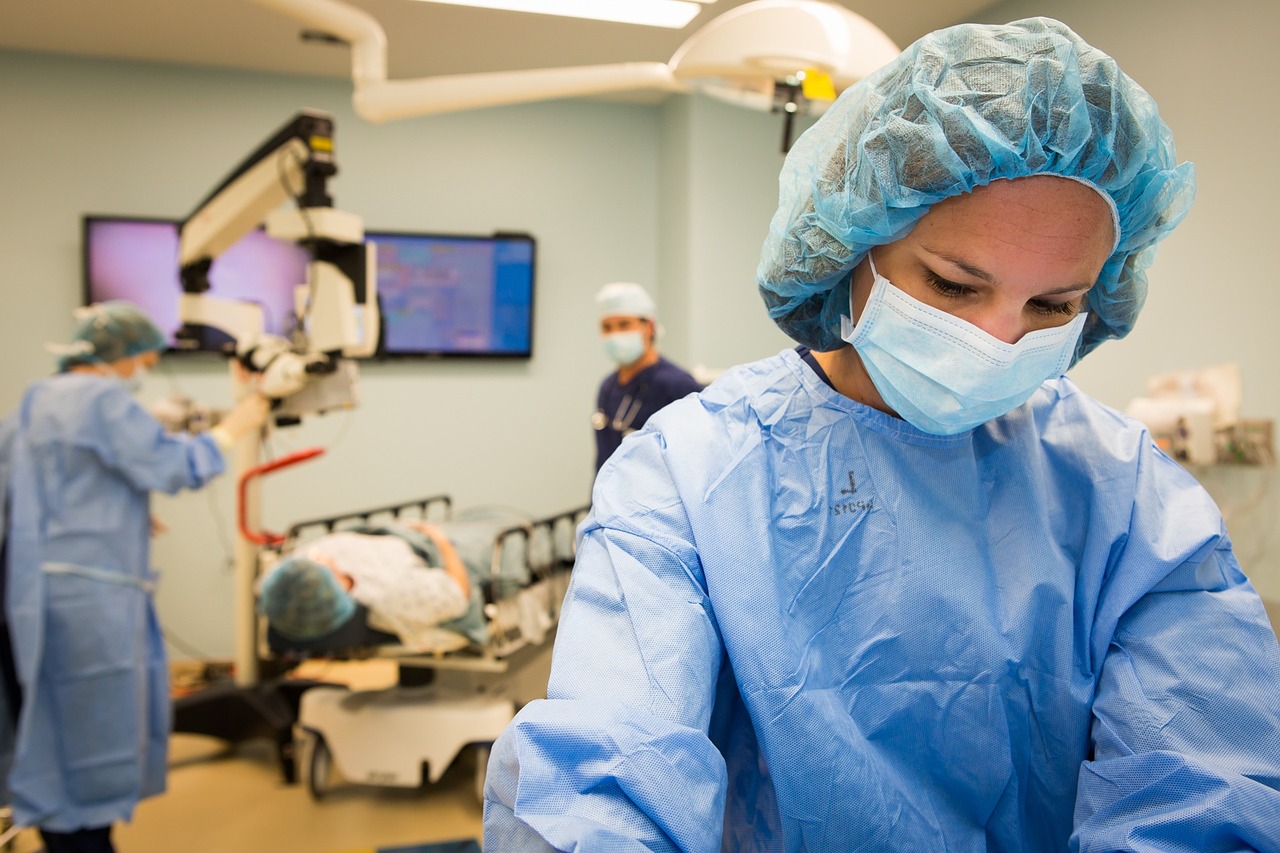Healthcare providers have a unique language. The terms may sound confusing, but they serve a critical purpose. Unlike average words, medical terms are concise and clearly defined. A universal language, medical terminology keeps members of healthcare team, including medical assistants, on the same page.
Do Medical Assistants Need to Know Medical Terminology?
Medical terminology is a standardized language used in healthcare settings to describe anatomy, medical conditions, diagnostic tests, surgical procedures, and treatment instructions. A firm grasp of the most common terms empowers medical assistants to communicate effectively with patients, providers, and peers.
Why Do Medical Assistants Need to Know Medical Terminology?
Medical assistants have both clinical and administrative responsibilities. Understanding medical terminology makes doing these tasks possible:
Medical Triage
Medical assistants serve as liaisons, gathering information from patients on the doctor’s behalf. Being familiar with medical terminology helps them ask relevant questions about their symptoms and medical history, enabling them to identify urgent care needs.
Recordkeeping
Medical assistants play a significant role in updating and maintaining patients’ medical records. This task requires interpreting notes that include complex medical terms.
Using the appropriate terminology when documenting patient care is also essential. The use of a universal language supports continuity of care, ensuring that any healthcare provider can follow your notes.
Diagnostic Testing
Medical assistants perform diagnostic tests based on a physician’s instructions. Understanding medical terminology is essential for correctly interpreting these orders and ensuring that the appropriate tests are conducted.
A fasting glucose level, for example, differs from a random glucose test, impacting the procedure and the diagnostic process.
Assisting with Procedures
Assisting with examinations and procedures requires knowledge of anatomical positions, surgical instruments, and medical supplies. Understanding these terms helps medical assistants select the proper equipment and position patients for treatments.
Patient Education
Medical assistants educate patients about their medical conditions, treatment plans, laboratory results, and preventive care options. Using medical terminology ensures that patients receive the accurate and consistent information they need with which to make informed treatment choices.
Medical Coding
Medical codes are alphanumeric abbreviations of symptoms, conditions, and procedures. Used for billing, codes are classified in volumes based on terminology.
As a medical assistant, you’ll code insurance forms to reflect the services provided during treatments. The mastery of medical terms will help you find codes faster and improve your coding accuracy.
Professional Collaboration
As part of the healthcare team, medical assistants work closely with doctors, nurses, pharmacists and other allied health professionals. Familiarity with medical terms facilitates clear and accurate communication about patient care.
Emergency Communication
In emergencies, the knowledge of medical terms helps medical assistants convey critical information to first responders and other healthcare providers with speed and efficiency.
What About Medical Terminology Do Medical Assistants Need to Know?
Medical terminology courses provide students pursuing careers in healthcare occupations with a foundation in the language used in the field.
Courses for medical assistants cover a wide range of related topics, including:
Root Words
Most medical terms consist of a root word, the main part of a term that signifies its primary meaning, plus modifiers that further refine their definitions. The root word cardi-, for example, relates to the heart. When combined with prefixes or suffixes, it forms terms like “cardiology” — the study of the heart — and “electrocardiography,” a diagnostic test that measures electrical activity in the heart muscle.
Suffixes
A “suffix” is a modifier added to the end of a word to change its meaning or indicate a specific condition. Suffixes provide important information about disorders, procedures, and treatments. The suffix “-itis,” for example, refers to inflammation. Added to the root word cardi-, it forms the term “carditis,” meaning swelling of the heart.
Prefixes
Prefixes are modifiers placed before root words. They often denote size, location, or quantity. The prefix “peri-,” when added to the word carditis, creates the term pericarditis, referring to an inflammation of the lining surrounding the heart. The prefix “myo-,” however, referring to muscle, changes the term to myocarditis, meaning an inflammation of the heart muscle.
By understanding the structure of medical terms, students learn how to discover their meaning by breaking them down into parts. Instead of memorizing terms, you’ll be equipped to decipher them in context, building your medical vocabulary over time.
Abbreviations
Medical professionals frequently use abbreviations to save time when documenting patient information, communicating with colleagues, and writing prescriptions. In fast-paced clinical settings, it streamlines communication and record-keeping processes. Writing TID, for example, is faster than writing “three times per day.”
Abbreviations, however, are a double-edged sword. Easily misread, they can lead to errors in patient care. Most facilities now forbid the use of non-standard abbreviations. Vocational school medical assisting programs teach the most common abbreviations, helping medical assistants better navigate notes and orders.
Acronyms
Acronyms are a type of abbreviation formed from the first letters of multi-term words or phrases. Medical assistants will encounter these terms often in reference to conditions, organizations, departments, and equipment. The acronym “PACU” for example, means post-anesthesia care unit, the place patients go for monitoring while they recover from anesthesia.
As with other abbreviations, most medical institutions use standardized acronyms to ensure consistent terminology within their facilities. Medical terminology courses cover those used industry wide.
Units of Measurement
Precise measurements are essential for a broad range of healthcare functions, from diagnostics to pharmacology. Medical terminology courses cover units of measure, standardized quantities, such as inches, centimeters, millimeters, kilograms, or pounds.
As a medical assistant, you’ll use units of measurement, such as mm Hg (millimeters of mercury), °F (degrees Fahrenheit) and °C (degrees Celsius) when recording vital signs. You may also see rare or unusual units of measurement on lab reports and prescriptions. Medical terminology courses cover the most common units of measure, their abbreviations and conversion formulas.
Anatomical Terms
Anatomical terms describe the precise location, orientation, and relationships of body structures. Unlike casual terms, such as “front” or “back,” anatomical terms are more specific because they have a reference point. The term “proximal,” for example, means closer to the torso while “distal” means further away.
Anatomical terms are also used to describe patient positioning. A doctor removing a mole from a patient’s back, for example, may request he or she be placed in the “prone” position. After a medical terminology course, you’ll know that prone means lying face down while supine means lying on the back.
Final Thoughts
In medicine, how you say something is as important as what you say because language frames reality in healthcare. Medical assisting programs prepare you to share thoughts and ideas in a meaningful way through the power of terminology.
Want to Learn More?
The Medical Assistant Training Program at CyberTex Institute of Technology takes great care of you by providing hands-on training, practical experience and the support it takes to get started in a medical assisting career without spending years in school. You will learn the basics of both clinical and administrative skills, and prepare to work in physician’s offices, hospitals, and other medical facilities.
Contact us today to learn more about our Austin and Killeen campuses.





